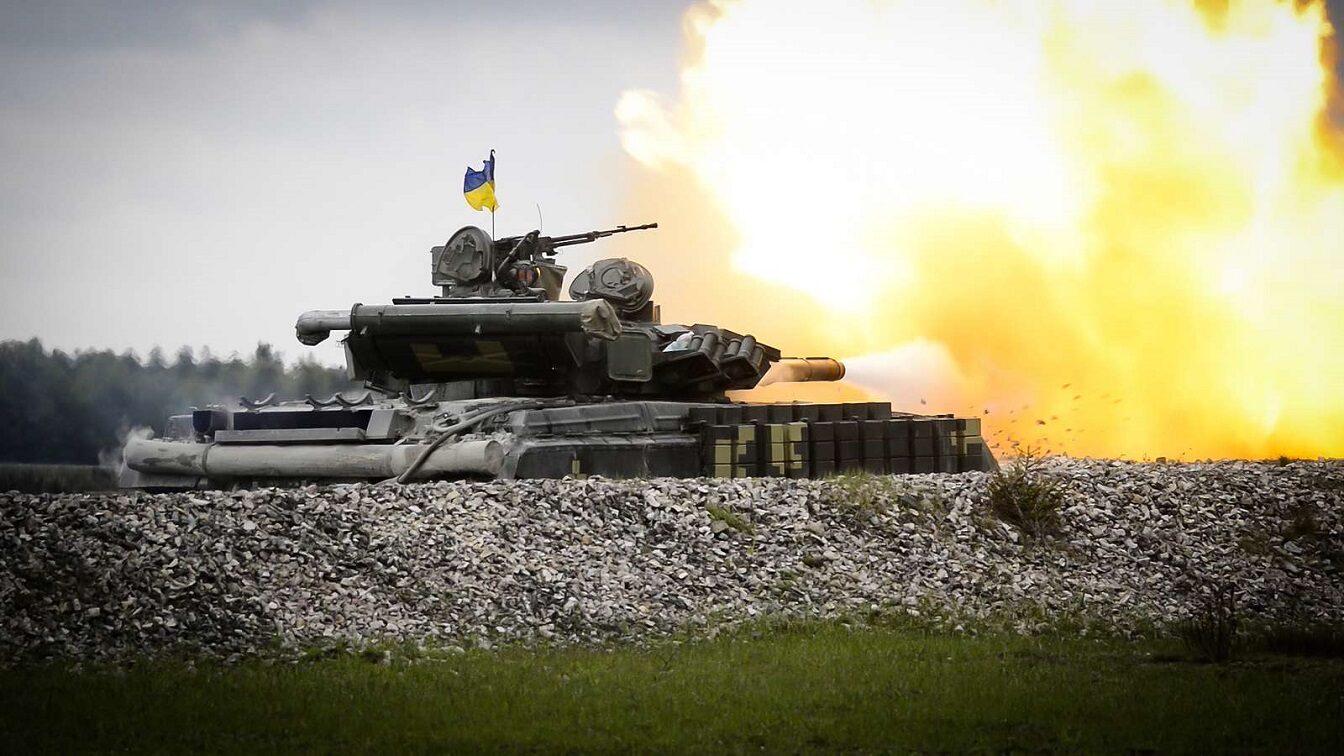Seven German self-propelled anti-aircraft Flugabwehrkanonenpanzer Gepard (Flakpanzer Gepard) vehicles could be supplied to Ukraine, adding to the 30 air-defense armored platforms that had previously been sent. The anti-aircraft tanks aren’t exactly new, but could still bolster Kyiv’s air defenses.
According to Spiegel magazine, the seven Flakpanzers had been retired and were headed to the scrap heap, but Berlin opted to see them repaired by the Munich-based arms manufacturer Krauss-Maffei Wegmann (KMW). Once the refurbishment is completed, the vehicles will be sent to Ukraine. Berlin hasn’t said when that could occur – but it will most certainly be sometime in the New Year, as it will depend on the level of repair needed as well as the availability of parts.
Another issue is the ammunition.
Though the German Bundeswehr said that it will send available ammunition for the Flakpanzer Gepard with the seven additional vehicles, Germany no longer produces the ordnance. Switzerland has a stockpile of ammunition but has thus far refused to supply it to Ukraine, citing its neutral status.
As previously reported, the retired platform has been kept in storage for the past decade, and Germany maintained only “scant stocks” of the platform’s 35mm ammunition. That had delayed the initial deployment of the retired vehicles to Ukraine earlier this year. In May, the German government officials said that more ammunition had been found and that it would finally send the Flakpanzer Gepards to aid Kyiv.
Berlin has been holding talks with various manufacturers in an effort to procure additional ammunition for the weapons.
Anti-Aircraft Tank Platform
The Flakpanzer Gepard, an all-weather-capable self-propelled anti-aircraft gun (SPAAG), was developed in the 1960s and first fielded in the early 1970s. It is built atop the existing – and proven – chassis of a Leopard 1 main battle tank (MBT) and is armed with twin 35mm autocannons in a traversing turret. It can fire a variety of air-exploding ordnance including APHE (armor-piercing high explosive) and HEI (high explosive incendiary) shells and has a rate of fire of 550 rounds-per-minute, and a maximum effective range of 3,500 meters (approximately 2.2 miles).
The primary purpose of the Flakpanzer Gepard was to counter low-flying ground attack aircraft and helicopters employed by the Soviet Union and Warsaw Pact during the Cold War. The mobile platform could be operated by a crew of three, comprising a driver, command, and gunner.
Following the end of the Cold War, the Flakpanzer Gepard has been steadily upgraded with the latest electronics and improved targeting systems. It was the cornerstone of the air defense of the German military until 2010.
Ukraine Needs Air Defenses
Ukraine has urged its Western partners to supply it with air defense systems to counter Russian air strikes that have targeted the country’s power grid and heating infrastructure since early October. Kyiv and other urban centers have also increasingly come under attack.
NATO Secretary General Jens Stoltenberg said at a security conference in Berlin on Thursday that the western allies have agreed on the urgent need to help Ukraine including with air defense systems. However, it remains important that those systems being delivered are in an operational state, and that the platforms have enough ammunition, spare parts, and maintenance.
A Senior Editor for 1945, Peter Suciu is a Michigan-based writer. He has contributed to more than four dozen magazines, newspapers, and websites with over 3,000 published pieces over a twenty-year career in journalism. He regularly writes about military hardware, firearms history, cybersecurity, and international affairs. Peter is also a Contributing Writer for Forbes and Clearance Jobs. You can follow him on Twitter: @PeterSuciu.

